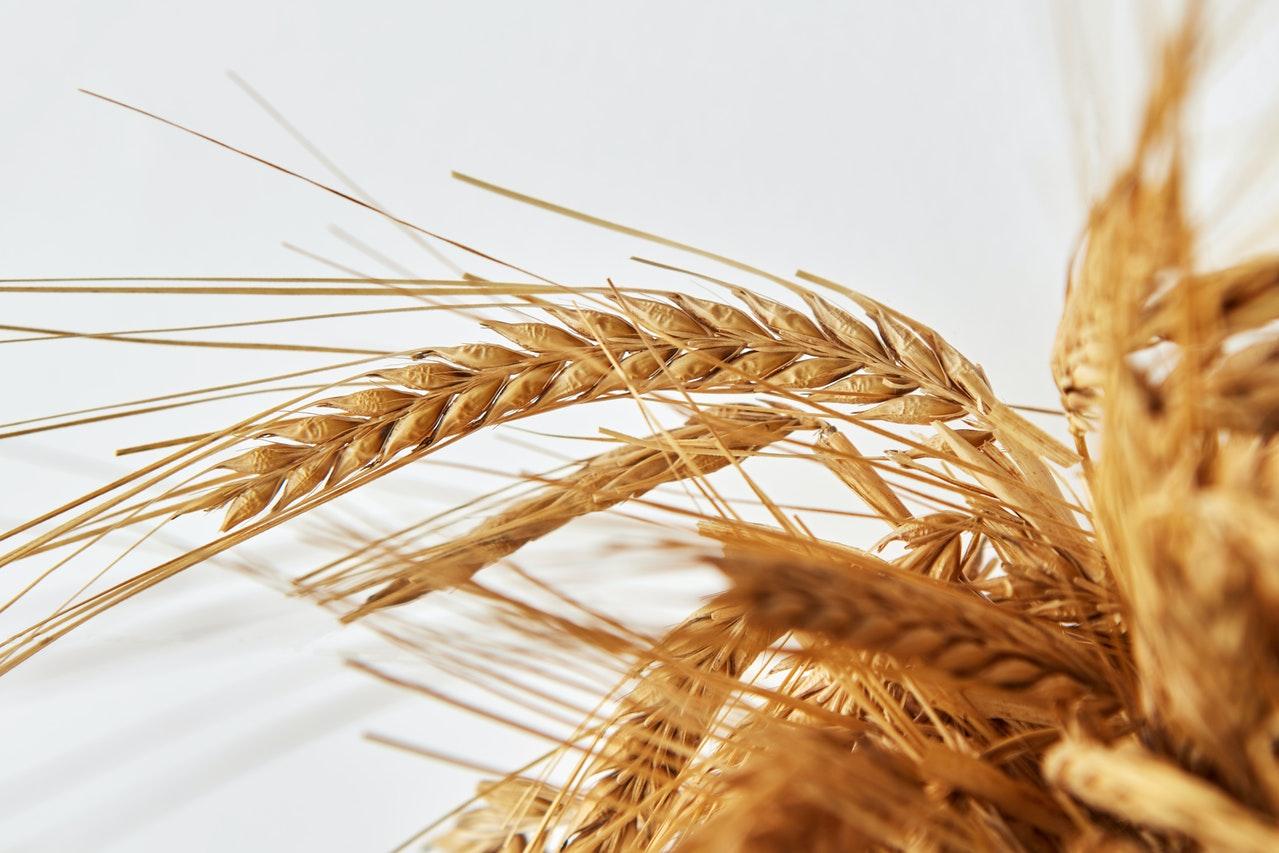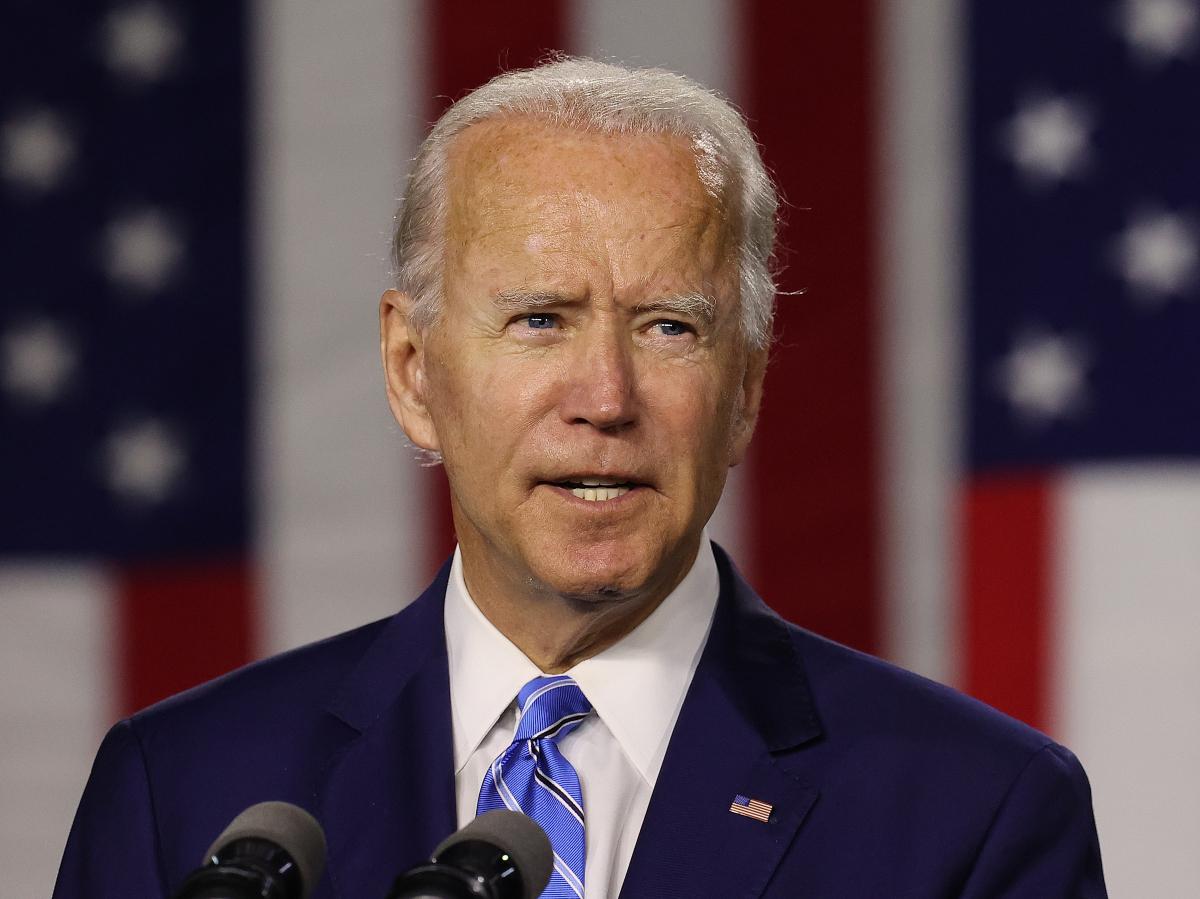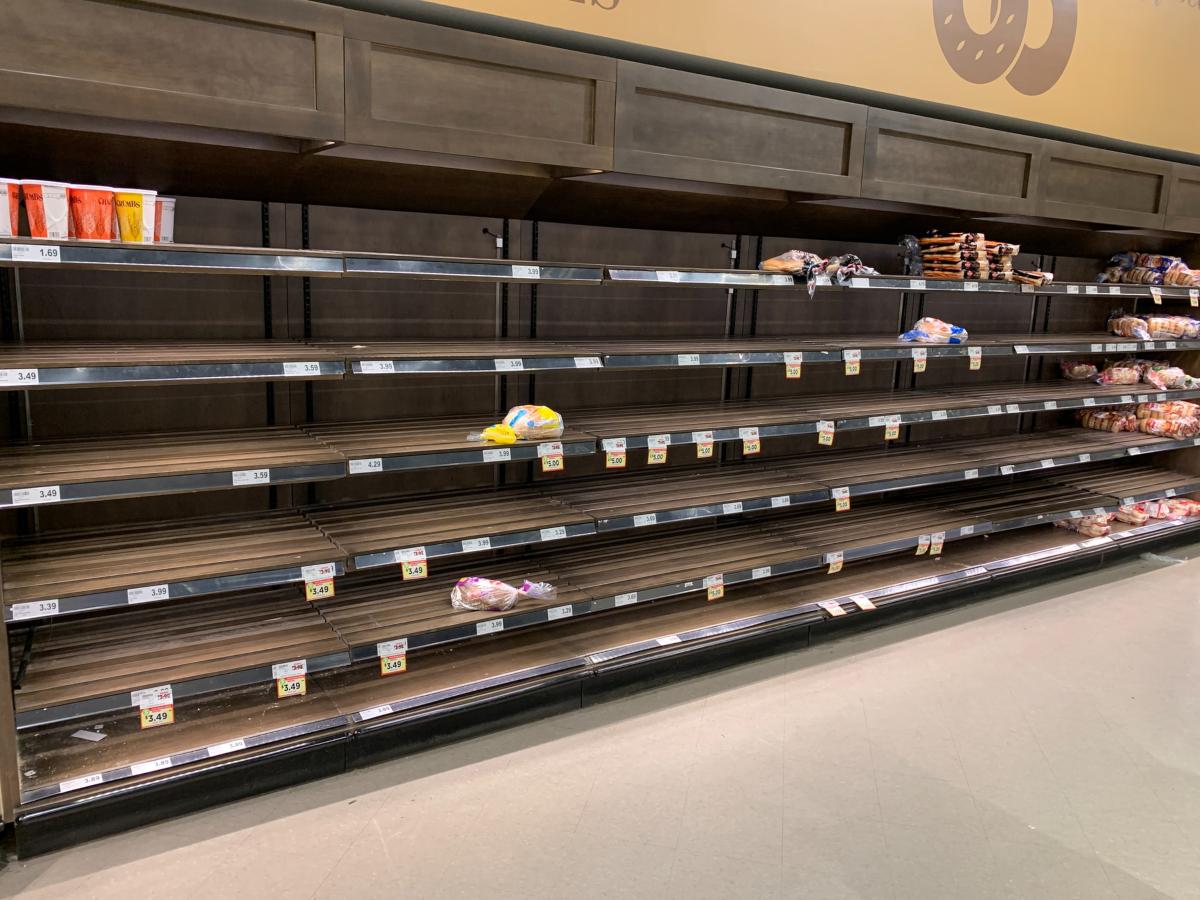How to Prepare for a Food Shortage in 2022 — Stay Calm and Flexible
There are genuine concerns about a food shortage in 2022. Will there be a global food shortage? Here's how to prepare for a food shortage.
April 6 2022, Published 8:57 a.m. ET
It has been over a year since reports of food shortages started to crop up. The phenomenon isn't limited to the U.S. — food shortages have also been reported in Europe and Japan.
Some of the emerging economies like Pakistan and Sri Lanka are also battling food shortages and soaring food prices, which is leading to social and political unrest in these countries. Africa, which reports intermittent food shortages anyway, might also be staring at a crisis. How can you prepare for a food shortage in 2022? Here are a few easy tips.
The food crisis is amplified amid the Russia-Ukraine war.
The Russia-Ukraine war is amplifying the food shortage situation in 2022. Russia and Ukraine are major food exporters, especially to Europe and Africa. Consumers in these countries have been worried about a shortage of basic food products like wheat.
To make things even more complicated, Russia is a major exporter of fertilizers. If global fertilizer supplies are impacted by the Russia-Ukraine war, it could hit global food production and put additional strain on the food supply chain.
Overall, the fears of food shortages in 2022 aren't totally unfounded even though they may be exaggerated in some cases.
Biden and the U.N. have warned of a food shortage.
So far, the U.S. Department of Agriculture maintained that there isn't a nationwide food shortage in the U.S. However, President Joe Biden has warned that there could be a “real” food shortage amid the Russia-Ukraine war.
The U.N. also has similar views, which are complicated by its funding shortfall. The agency doesn't seem to have received the $6 billion that Elon Musk was contemplating. Musk has donated billions of dollars in charities to undisclosed entities.
How to prepare for food shortages in 2022.
First, don’t panic about reports of food shortages. While there are issues with supplies of food products like wheat, the shortfall might not be too tough to bridge given the massive wheat stocks in countries like India.
If you take part in panic buying and hoarding food products for months, it would end up amplifying the problem. However, adequately stocking up on food products that have a longer shelf life might be a better idea. Having extra rice and flour might help you deal with any intermittent shortages at the grocery stores.
You can also stock up on some snacks, nuts, and ready-to-eat foods. However, don’t go overboard and stock your kitchen shelves and fridge.
Growing your own food might make sense.
Growing some food in your private garden (if you have one), might be a better idea. You can easily grow some vegetables in your backyard. This would help you get nutritious and healthy food not only in 2022 but beyond.
Being flexible will help you cope with a food shortage.
There have been shortages of some brands like Hot Cheetos and Similac Pro Total Comfort baby formula. Alternative supplies from other brands are available and if you're flexible, you might not have to deal with certain shortages as much. For example, if you want to buy chicken wings, which are in short supply, you could buy chicken thighs, breasts, or strips instead.
Some pet food products like Friskies wet cat food have been in short supply. It might be a good idea to get your pet used to alternative brands.
You should try to avoid food wastage.
To borrow from one of Mahatma Gandhi’s quotes, “the world has enough for everyone’s need.” Remember, the World Food Programme estimates that a third of food produced for human consumption is lost or wasted every year. Even if we can play a small role in preventing food wastage, it can help address the food shortage situation in 2022.




